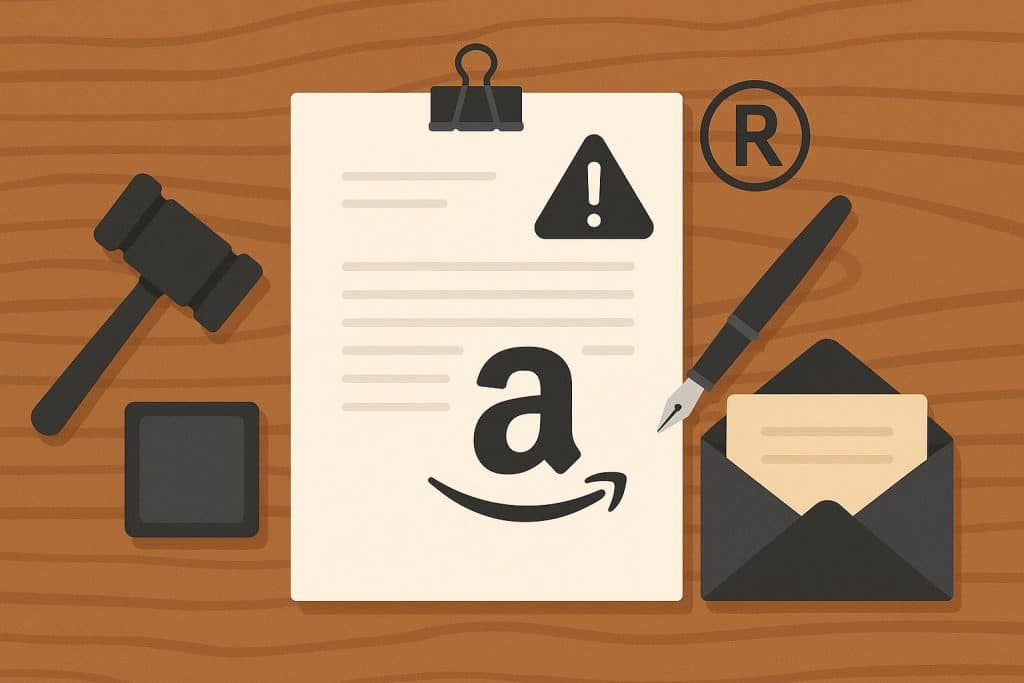For Amazon sellers in California, trademark infringement claims can appear without warning and disrupt business almost instantly. These situations not only affect listings but can also lead to account suspensions or revenue loss. Knowing how to approach the Amazon appeals process is essential to protect your brand and restore operations. The key lies in understanding the nature of the complaint, gathering strong documentation, and responding through proper legal channels. Taking quick and organized action increases the chances of reinstatement and minimizes long-term damage to your seller reputation.
Each appeal should be factual, professional, and backed by credible proof of authenticity. When the situation becomes complex or requires in-depth legal interpretation, professional help can make a critical difference. To get the right guidance and protect your business interests, consult an experienced California Amazon trademark infringement appeals lawyer who understands both eCommerce dynamics and intellectual property law.
Recognizing a Trademark Infringement Claim
Trademark infringement accusations often surprise sellers. The marketplace may remove listings or suspend accounts after receiving such complaints. Immediate action is necessary to minimize disruption. Sellers should read the notification carefully to identify the specific product and intellectual property involved. Reviewing the official notice helps clarify the details of the complaint and provides a starting point for the response.
Gathering Evidence and Documentation
One of the most important pieces of preparing for an appeal is organizing the relevant documents. For a seller, purchase invoices, debt authorization letters, and letters of correspondence with the supplier can reinforce this position. Such material also depicts product genuineness and compliance with IP laws. Gathering this evidence promptly assists in crafting a compelling case for reinstatement and accelerating the appeals process.
Reviewing Amazon’s Policies
This is particularly important when responding to marketplace infringement notices, so you should know your marketplace rules best. Before appealing, sellers should review the intellectual property rules for the platform. Familiarity with these policies helps to make sure that the response follows official protocols. A successful appeal is dependent on your adherence to marketplace-specific requirements.
Drafting a Clear and Concise Appeal Letter
This makes a well-composed letter very likely to be effective. It should be concise with a brief overview of the situation and written respectfully. Third, sellers must make an effort to demonstrate that their product does not infringe on trademark rights. If you have documents that support your claim, like invoices or agreements with suppliers, attach them. This demonstrates a proactive approach to compliance and reassures the platform that your organization plans to adhere to best practices moving forward.
Emphasizing Honesty and Accuracy
Honesty makes their hearts set up to become familiar with the appeals team. Overstatement or misrepresentation can hurt the case. Sellers must own up to mistakes and discuss actions taken to remedy them. A good marketplace seller demonstrates honesty and integrity by communicating openly and honestly.
Filing the Appeal in the Right Place
Appeals must be submitted through the proper channel for a timely and fair review. Many online platforms offer dedicated portals to tackle intellectual property issues. Using the designated system helps ensure that the request reaches the correct department. Sticking to submission guidelines (such as file formats and size limits) avoids delays.
Following Up on the Appeal
If you have appealed, then it is time to be patient. It may take some time to review your cases and supporting documentation. Sellers should monitor the status of the platform through the communication tools. A gentle prompt hastens the process if a reply doesn’t arrive within a reasonable time. Understanding that the support team is in contact with hundreds of users and repeating or aggressive messages wouldn’t help their case, helps keep a professional relationship between you and the support team.
Preventative Steps For The Future
It is preferable to take preventative measures rather than confronting the authorities about recurring violations. Sellers need to ensure that their products and listings comply with the rules of intellectual property laws. Misunderstandings arising from outdated supplier information can be avoided by regularly updating and maintaining records properly. Raising awareness of these rules among the team increases the likelihood of avoiding future complaints.
Seeking Professional Guidance If Needed
At times, the infringement and trademark issues are too complicated or vexing to untangle on one’s own. In such situations, sellers may be better off seeking advice from property experts. Legal advisors or consultants can guide and ensure the quality of the appeals. Their experience often leads to a quicker resolution of your issue, causing minimal disruption to your business.
Conclusion
At this point, your appeal for Amazon trademark infringement must be both meticulous and strategic. A good appeal is built on timely data collection, organized documentation, and clear communication. Being aware of the policies and collaborating closely with support can increase the probability of a reinstatement. Implementing these steps gives sellers the opportunity to protect their business and maintain a good reputation on the platform.
